- Home
- Articles
- Architectural Portfolio
- Architectral Presentation
- Inspirational Stories
- Architecture News
- Visualization
- BIM Industry
- Facade Design
- Parametric Design
- Career
- Landscape Architecture
- Construction
- Artificial Intelligence
- Sketching
- Design Softwares
- Diagrams
- Writing
- Architectural Tips
- Sustainability
- Courses
- Concept
- Technology
- History & Heritage
- Future of Architecture
- Guides & How-To
- Projects
- Interior Design
- Competitions
- Jobs
- Store
- ToolsNew
- More
- Home
- Articles
- Architectural Portfolio
- Architectral Presentation
- Inspirational Stories
- Architecture News
- Visualization
- BIM Industry
- Facade Design
- Parametric Design
- Career
- Landscape Architecture
- Construction
- Artificial Intelligence
- Sketching
- Design Softwares
- Diagrams
- Writing
- Architectural Tips
- Sustainability
- Courses
- Concept
- Technology
- History & Heritage
- Future of Architecture
- Guides & How-To
- Projects
- Interior Design
- Competitions
- Jobs
- Store
- ToolsNew
- More
Top Trends in Roof Architecture: From Classic to Cutting-Edge
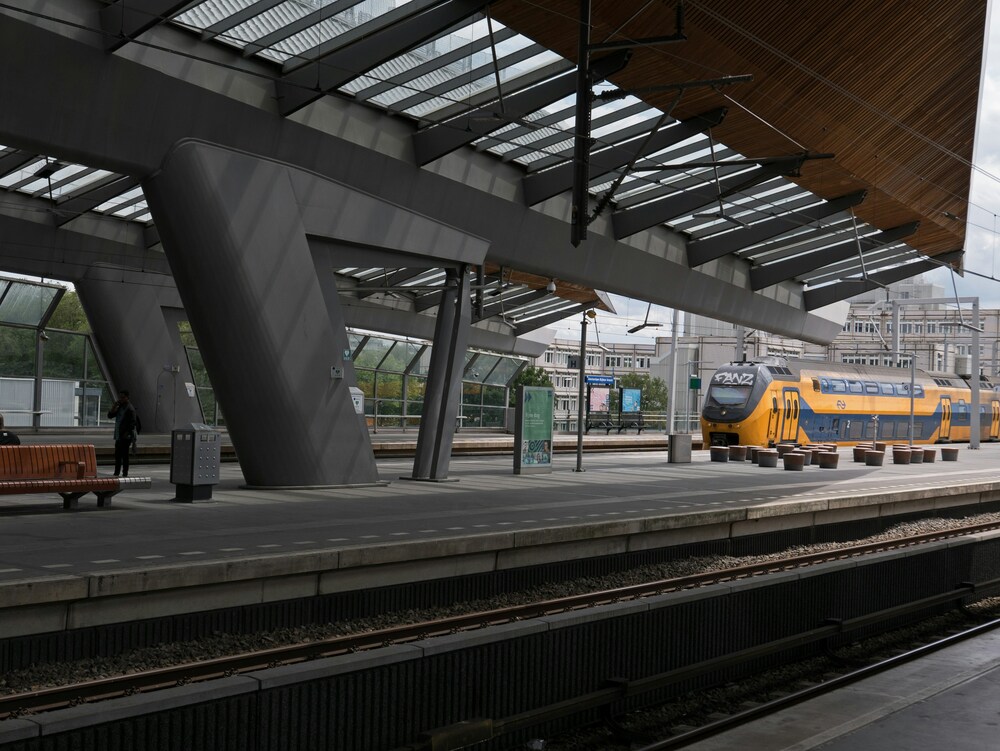
Roof architecture says a lot about a building. There’s a reason why homes are typically drawn with the traditional gabled roof. Roofing makes a statement about a building’s design and plays a role in its function, cooling capabilities, and load bearing. Classic roof architecture continues to be popular due to tried and true durability, but some new, contemporary roofing designs are fighting for the top spots. This guide analyzes some of the most popular trends in today’s roofs.
Table of Contents
ToggleSawtooth
Sawtooth roofs comprise jagged ridges that connect to form a ‘sawtooth’ shape. There are usually windows on the steeper ends of the ridges to allow more natural light into the building. This type of roofing is common with architecturally unique commercial or industrial buildings rather than residential homes. Sawtooth roofs make quite a statement, and while their lighting capabilities aren’t necessary anymore, they’re eco-friendly and perfect for modern buildings that wish to use more natural light. Metal is a great and standard material for sawtooth roofing.
Vaulted
A vaulted roof utilizes self-support to create an arch at the top. These arches can be pointed, curved, and more, allowing for a lot of unique versatility in their design. The most notable form of vaulted roofs, barrel vaults, form a curved, rounded arch and date back to Ancient Sumeria and Egypt. There are many types of vaults; depending on the type, they often create a majestic or rustic look.

Green Roofing
While green roofing isn’t a particular roof shape, it’s noteworthy for its increasing popularity. Green roofs allow vegetation to grow into a small rooftop garden, providing an eco-friendly contribution to home design. Vegetated or ‘living’ roofs also look quite pleasing in design. Typically, green roofing consists of a flat, ballasted roof with a waterproof membrane to protect the home it sits on.
Gambrel
‘Barn’ roofing is what we usually picture when gambrel roofs are mentioned. Surely enough, gambrel roofs, also known as Dutch roofs, have two symmetrical sides that slope downward. They typically have three vertices at the top where the two sides meet, forming a pentagon top instead of a triangular top. The slopes are superb for snowy and rainy climates, as the design reduces accumulation. Gambrel is quite similar to mansard-type roofing, but gambrel allows more headspace for barns or attic spaces.
Single Pitch
If you’ve ever seen a roof with only one ‘pitch’ (angle), it’s likely a single-pitch roof. These roofs provide a unique asymmetrical look that is popular with modern homes lately. The roof peaks in one corner and slopes dramatically downward to the other side instead of peaking in the middle like most pitched roofs. They’re ideal for snow and rain to fall off, similar to gambrel roofing. They also look pretty cool!
Gabled
Originating in Ancient Greece, there’s a reason gabled roofing is so standard, particularly in residential homes. Gabled roofs slope upward to form a single point at the top. Most people would refer to these as a ‘traditional’ roof for a European or North American home. The roof’s gable (side of the house that closes the roof shape) can face in any direction.
Flat Roofing
Flat roofs are only practical with specific roofing materials, as they can quickly gather water, snow, and debris. Rubber and metal roofing with steps can easily accommodate a flat roof shape, as they can handle and even repel water. Flat roofs are more common for industrial or commercial buildings, but they are growing popular in modern home designs, particularly modular or shipping container homes.
Climate-Proof Roofing
Roofing architecture is stepping up its game to meet buildings’ increasing need for climate resistance. From solar panel roofing to ‘cool’ roofs, many architects are implementing eco-friendly, cooling features in their roof designs. A roof design that can accommodate solar panels, metal, rubber, or cooling features is a huge bonus. Climate varies from state to state, so some architecture may be better in some locations than others. Below are some varying climates to consider.
Ohio
Ohio has a versatile climate with sweltering summers, snowy winters, and intense storm seasons. It’s not unusual to see a decent amount of humidity and wind during certain parts of the year. Roofing contractors in Dayton, OH and other larger cities are seeing an increase in solar panels, metal, and rubber for their roofing projects. Metal is known for its versatility and durability in a wide variety of climate conditions.

Alaska
Due to its location in the upper northwest, Alaska experiences little heat. Alternatively, this state sees mostly blistering cold, ice, wind, and snow. Due to its position on Earth’s axis, Alaska goes for long periods of time without sunlight. Solar panels are still popular here, but panels will require excess storage during sunless times. Rubber and metal roofing are highly durable against snow, and flatter roofing isn’t as popular to avoid snow accumulation.
Florida
Florida is incredibly humid and hot throughout most of the year, with mild winters that see no snow. Hurricanes are quite common here, as it is a peninsula right in the path of most Atlantic hurricanes. Due to Florida’s semitropical climate, roofing architecture should be able to withstand high heat, humidity, rain, and wind speeds.
illustrarch is your daily dose of architecture. Leading community designed for all lovers of illustration and #drawing.
Submit your architectural projects
Follow these steps for submission your project. Submission FormLatest Posts
Top Signs It’s Time to Replace Your Gutters, Not Just Repair Them
What plays a crucial role in protecting your roof down to the...
From Planning to Completion: Steps for a Successful Roof Project
Undertaking a roofing project can be a daunting experience. Whether you are...
Detailed Process of Roofing Installation for Multifamily Properties
Roofing installation for multifamily properties is a significant investment that requires careful...
Advantages of Choosing a Metal Roof for Your Home
When it comes to selecting a roofing material for your home, homeowners...




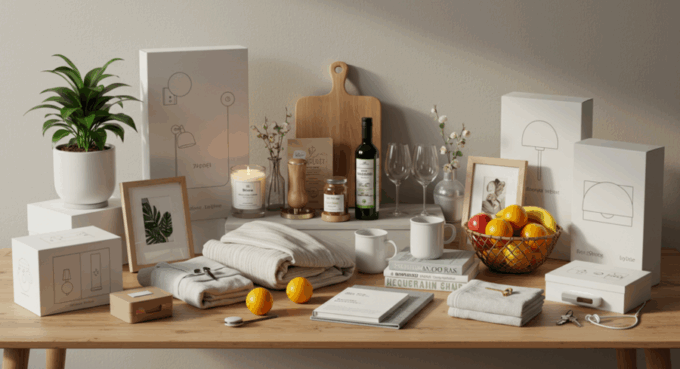

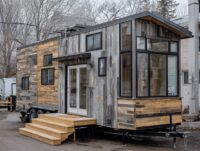
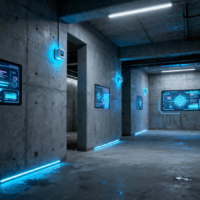
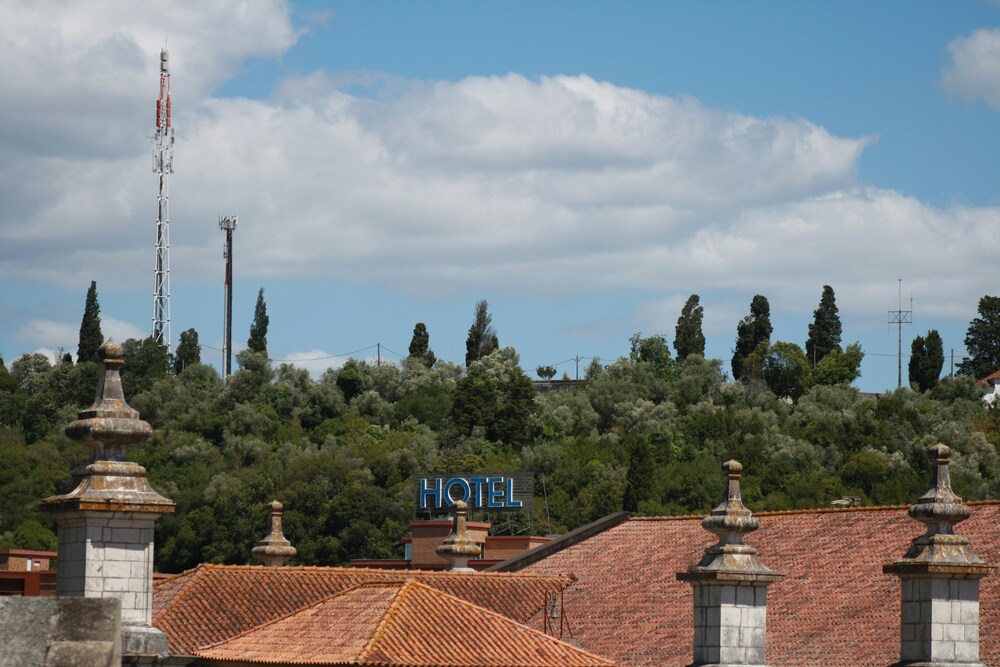



Leave a comment